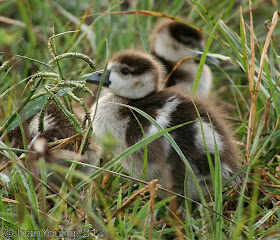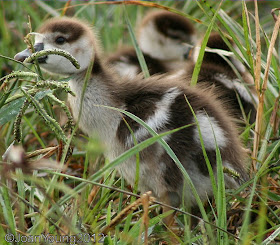They are easily distinguished by the broad saddle on their backs and the sharp pointed ears and nose and are nocturnal and diurnal, but the best time to see them is early morning or late afternoon.

During the summer, when the grass is taller than they are, these small creatures have a most amusing habit; they will walk a few feet, jump into the air to have a quick look around, and then go on their way again. This is repeated every couple feet or so.
Old antbear holes are used by them to live in and to rear their young.

When they have their young, either the male or the female will go out to find food whilst the other stays at home to take care of the cubs.
They mate for life. Normally they are to be seen singly, a pair, or sometimes a pair with cubs.

Jackals are mainly scavengers, but will kill small antelope or birds if they need to or the opportunity arises.
Most pups are born between June and November, the litter being between one to six cubs.
As they are not dependent on water, their territory can be within a wide variety of vegetation.

While pups are still young, the parents will bring back food which they regurgitate for them.

Our jackals are the same size as your coyote and fill the same space in the circle of predators and prey as they do.













































